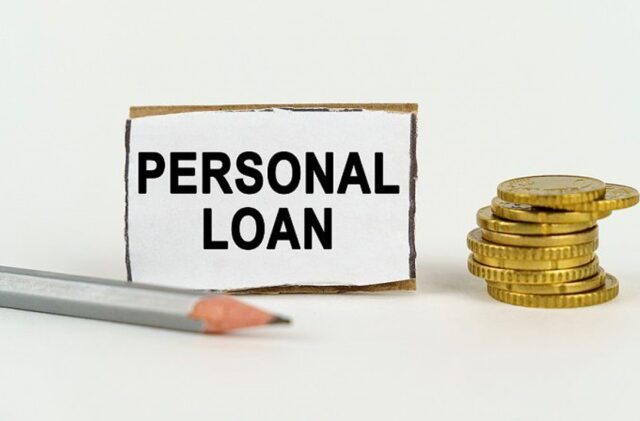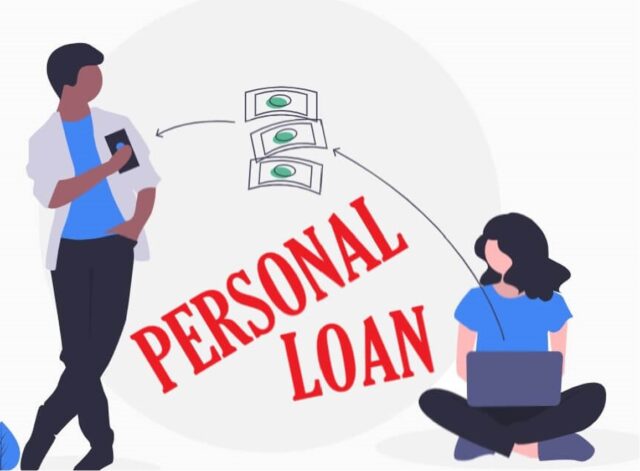When you decide to choose a personal loan refinancing, it means you can replace the existing one with an option that will revise the repayment timeline and provide you with a new interest rate. Besides, it is a great solution especially if you wish to extend the term or improving a credit score, especially to ensure its competitiveness.
We recommend you secure a low interest rate through a refinance, which will reduce the borrowing expenses, meaning you will pay less overall. On the other hand, refinancing to a higher term will provide you with a lower monthly installment. However, you will pay toward the loan a higher percentage by extending the timeline.
Generally, as soon as you decide to get an unsecured loan or sikkerhet, it means you should apply either by finding a new lender or using the same one that gave you the first time. The option is to use the funds you received to repay the existing debt. As soon as you complete the debt, you can start with relevant payments on a new debt with new terms and rates.
We can differentiate numerous reasons to do it, but in the best situation, you should get a new debt with the same term and lower interest rates. However, some people choose to borrow a higher amount to repay the debt and handle an additional expense.
When Should You Get It

If your goal is to save money, while your credit score significantly increased from the first time you took the loan, the chances are high that you will get better terms and rates. We can offer various situations in which you can obtain significant savings.
The moment interest rates drop, you will get a lower interest rate, which is the primary reason people choose to get a new loan to replace an old one. You can get other situations when debt refinancing is the best course of action.
- Better Credit Score – One of the options for qualifying for a reduced interest is by boosting a credit score and taking it to the next level. Therefore, when a score has considerably increased since you first took the loan, which is a perfect reason to ensure the best course of action.
- Switch Rate Option – For instance, if you took a variable interest rate on a personal loan, during the initial period, you would have a low rate, however, the percentage can increase due to external factors. It means your installments will not remain the same as a result. Besides, the entire loan will cost you more than you took. However, when refinancing, you can switch to a fixed rate, which will offer you predictability and the amount you can spare each month.
- Avoid a Balloon Payment – Remember that some unsecured loans feature a balloon payment, meaning you can ensure more significant installments at the end of the repayment period compared with the regular monthly installments. The main idea is to prevent this problem by choosing a different option available on the market.
- Reduce Monthly Installments – For instance, you may end up without regular income or reduce the monthly balance due to high price tags that surround you due to inflation issues. The reduced income will directly affect your ability to repay the same installments as before. If that is the case, you may decide to refinance a current loan with the idea of obtaining the longer term. Although the longer term may not save you money overall, it will help you reduce monthly expenses.
You should click here to learn more about government loans before making up your mind. That way, you can get competitive rates and terms for buying a car, or household or financing your business.
- Pay Off Faster – For instance, if your income increased from the moment you first took the loan, you can refinance to shorten the term. It means you increase monthly installments, but you can get rid of debt faster, which will reduce the debt-to-income ratio. This will help you save money on interest and boost your credit score.
- You Can Afford – Remember that taking a personal loan refinance comes with certain expenses including various fees. At the same time, you will end up paying prepayment expenses. Therefore, before making up your mind, you should determine whether it makes financial sense to refinance, or you should stay with the current one instead.
When to Avoid Doing It?

In some situations, getting a new loan may be worthwhile especially if your credit score increases. However, there are times when refinancing may not be the best course of action.
- Minimal Loan Balance – If you have a few months remaining while you repaid more than half of the balance, we recommend you continue with the same amount until the end. It does not make sense to refinance because you will end up with origination fees, while the balance will increase due to accrued interest, especially if your goal is to reduce monthly expenses.
- If Interest Is Higher – Without getting a lower interest rate, which is the most important factor, you should avoid refinancing altogether. Another unsensible option is getting a new loan with higher interest rates, especially since you must handle specific fees apart from regular installments.
Refinancing Tips to Remember

1. Determine the Amount
The first step when it comes to refinancing a loan is paying off the existing one with the one you decide to get. Therefore, before you decide to shop for quotes, we recommend you determine the exact amount you need to repay the current debt. Besides, you should include prepayment penalties, origination fees, and other included expenses.
The moment you determine the exact amount you need, you can check out different online lenders to get pre-approval, which will offer you potential rates and terms you can get with a new loan. As a result, you can compare different options and ensure you will save money overall.
2. Check Out Credit Rating and Score
Before refinancing a loan, you should check out your credit report, rating, and score. It is an essential step that will provide you with a perspective on whether you can qualify for a lower rate than the one you currently pay. Remember that one percent lower can make a huge difference, but you must weigh all options to determine whether you should refinance or not.
One option is to request a free credit report from various bureaus including TransUnion, Experian, and Equifax. In most cases, you can take advantage of a single report per year for free, which will offer you peace of mind. You should learn whether a lender will conduct a hard or soft pull of your credit score when offering you a quote.
Remember that a hard credit pull will reduce the score immediately in the short term, meaning you should avoid asking different lenders to do it simultaneously. Instead, ask them whether they will conduct only a soft pull, which is a prequalification process.
Check out this guide: https://www.wikihow.life/Refinance-Your-Mortgage to learn more about refinancing a mortgage.
3. Shop Around for Terms and Rates
The crucial aspect of refinancing personal loans is research, since before you decide to do it, we recommend you compare terms and rates from various lenders beforehand. At the same time, shopping around is an essential factor since the terms and rates can vary based on the lending institution you choose.
Besides, getting a new loan with an interest rate is not a better option if you will end up with considerable expenses and extension, while you can repay it in the next few months. Therefore, before refinancing, you should consider the prepayment penalty as the factor. This option can increase the overall refinancing expense.
As mentioned above, if you look to reduce the monthly installments, it is important to extend the length of a loan you currently have. However, you will end up paying more in interest, but the monthly installments will be lower.









